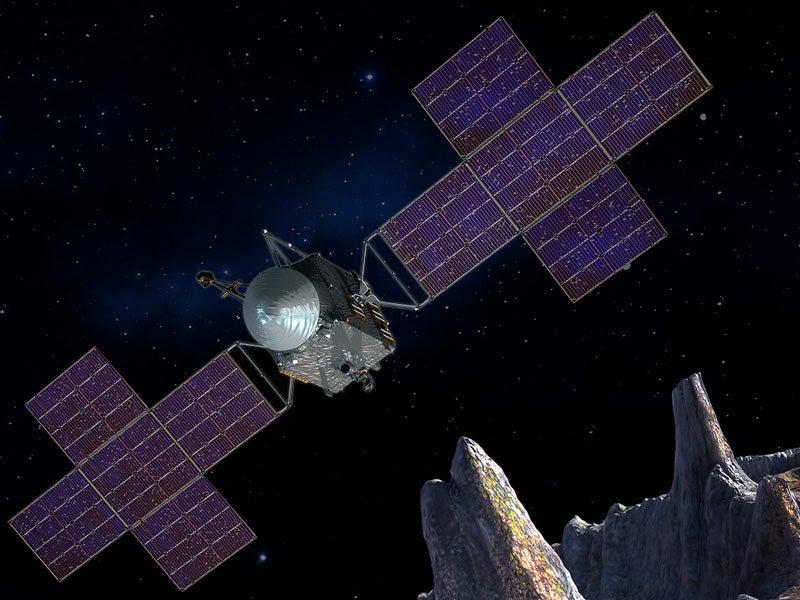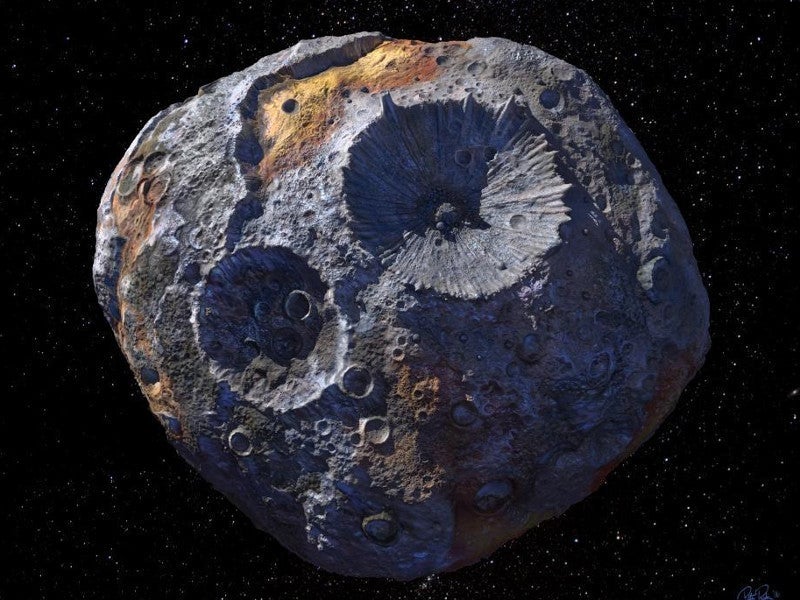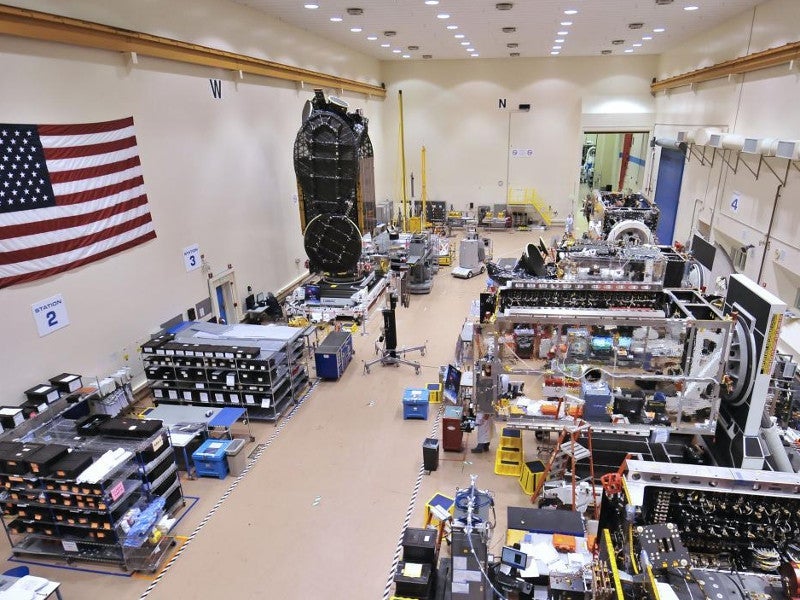Psyche is an orbiter mission intended for the exploration of a metal asteroid. It is being developed by Nasa in collaboration with Arizona State University’s School of Earth and Space Exploration.
The Psyche spacecraft will mainly explore 16 Psyche, a metal asteroid orbiting the Sun between Mars and Jupiter planets.
Nasa started the mission in January 2017, under its discovery programme, which mainly aims to understand the solar system with the launch of modest cost-capped missions.
Nasa’s Jet Propulsion Laboratory is responsible for the management, testing and mission operations, while Maxar Technologies will provide a high-power solar electric propulsion spacecraft chassis.
The spacecraft will be launched from Cape Canaveral Air Force Station in Florida, US, in July 2022 and is expected to reach the asteroid in early 2026. The estimated cost of the mission is $850m, which includes development and operations.
Psyche mission and science objectives
The scientific objective of the Psyche spacecraft is to explore the new and unexplored world while providing insights over planet formation.
The mission will mainly determine if 16 Psyche is a core or unmelted material. It will also characterise topography and look inside terrestrial planets, including Earth. Discovered in 1852, the asteroid is mostly composed of metallic iron and nickel. It has a diameter of 226km and a surface area of 641,800km².
Psyche spacecraft design and features
Psyche spacecraft will feature a body, two solar arrays and the instrument payload. It will have a length of 24.76m, including solar panels, and a width of 7.34m.
The spacecraft will orbit the asteroid in four staging orbits and perform science investigation for 21 months.
The mission will include six stages, A-F, which will be carried out between 2015 and 2028.
The spacecraft will be installed with Psyche compute element, which acts as the coordinating centre for handling command and data activity.
Instruments on board Psyche spacecraft
The Psyche mission will carry various instruments onboard for performing scientific investigations.
The multispectral imager will provide high-resolution images. It integrates two identical cameras for gathering geologic, compositional, and topographic data. The second camera will mainly offer redundancy for crucial optical navigation.
The Gamma-ray and neutron spectrometer on the spacecraft will detect, measure, and map elemental composition of 16 Psyche. It will be placed on a 2m boom to avoid background radiation and provide a clear field of view.
The magnetic field of the asteroid will be measured by a magnetometer equipped with two high-sensitivity magnetic field sensors. The spacecraft will also be installed with the X-band radio telecommunications system for measuring gravity field of the asteroid and deep-space optical communication (DSOC) to encode data in photons.
Psyche spacecraft launch vehicle
Psyche spacecraft will be launched on board Falcon Heavy rocket from Launch Complex 39A at Cape Canaveral Air Force Station in Florida, US.
The launching services will be managed by Nasa’s Launch Services Program at Kennedy Space Centre. Nasa announced that $117m will be required for launching Psyche and the secondary payloads.
Propulsion
The spacecraft will be powered by solar electric propulsion based on the SSL 1300 satellite platform. It will use electricity produced from solar arrays for creating electromagnetic fields.
It will be installed with SPT-140 Hall effect thrusters that use xenon gas as it is easily ionised and has high atomic mass.
Contractors involved
Nasa awarded a contract to SpaceX for launching Psyche spacecraft on board Falcon Heavy rocket in March 2020.
Space Systems Loral (SSL) is responsible for providing a spacecraft platform for exploring the metallic asteroid 16 Psyche.
In August 2018, SSL was selected by Zin Technologies for building and testing Psyche compute element.








